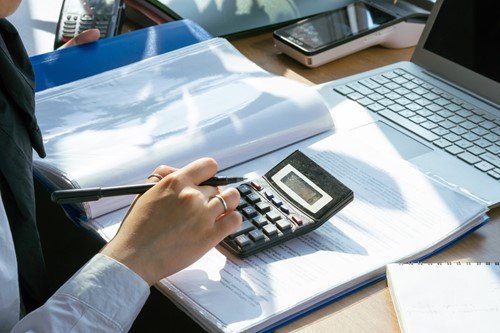
For many, flipping homes is lucrative. However, there are many costs associated with flipping a property, and it’s important to budget carefully for every detail. Here are the major costs to consider when determining how much funding you’ll need for a flip:
Just like buying a move-in ready house, buying a house you intend to flip will require a down payment. Depending on the terms of your financing and the total price of the home, the down payment will be your largest expense to plan for. Traditional mortgages call for about a 3% minimum for a down payment, but this amount can be much higher with other funding sources.
Most financing options will include interest. Even though they might be very low percentage rates, they are a regular cost to factor into your budget. While regular mortgages may have low rates right now, the type of loans most commonly given to house flippers can have interest rates as high as 10%.
Even though you might only own the house for a short time, you’ll have to pay homeowner’s insurance. Most lenders require proof of a homeowner’s insurance policy as a qualification for approval, especially if the house is being used as collateral.
Don’t forget about adding relevant taxes to your budget. The main ones to plan for are property and transfer taxes. No matter how long you own the property, you’ll be responsible for these taxes and should set aside adequate funding for the payments.
The cost of renovations will probably be your second largest expense to budget for. Unfortunately, this can be the hardest part to estimate. To get the best viable idea of how much money you’ll need to set aside for renovations, consult a contractor, home inspector or both to create an estimate.

Whether you're in the research phase at the beginning of your real estate search or you know exactly what you're looking for, you'll benefit from having a real estate professional by your side. I'd be honored to put my real estate experience to work for you.